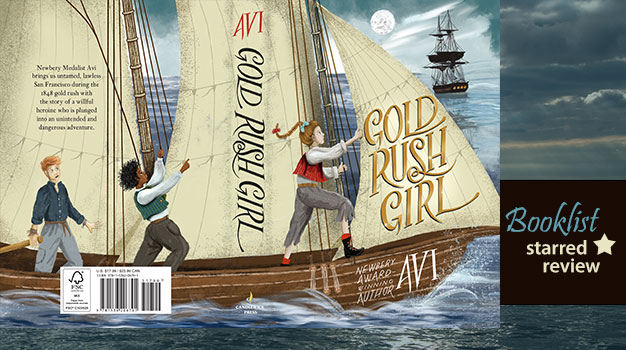 San Francisco is a city where I have lived often, visited, and have great fondness for. I first went there in the fall of 1961, having finished my graduate class time at the University of Wisconsin, Madison. A fellow I knew was setting up a new theatre, and he wanted to do a play I had written. I took a Greyhound bus from Madison to Chicago, another bus from the Windy City to the Golden Gate. I have a vivid recollection of the bus coming to a stop moments after crossing into Nevada. “Nevada!” the driver shouted, waking me up. “Half an hour stop.” I watched most of the passengers pour off and start playing slot machines. It was two AM.
San Francisco is a city where I have lived often, visited, and have great fondness for. I first went there in the fall of 1961, having finished my graduate class time at the University of Wisconsin, Madison. A fellow I knew was setting up a new theatre, and he wanted to do a play I had written. I took a Greyhound bus from Madison to Chicago, another bus from the Windy City to the Golden Gate. I have a vivid recollection of the bus coming to a stop moments after crossing into Nevada. “Nevada!” the driver shouted, waking me up. “Half an hour stop.” I watched most of the passengers pour off and start playing slot machines. It was two AM.
Once in San Francisco I met the guy who wanted to produce my play. Turns out he had already hired an actor for the first play he was going to put on—an adaptation of James Joyce’s Ulysses. That actor was named Tom Ewing, a good friend of mine from Wisconsin theatre days.
The theatre producer allowed us to take an upper, unused room in the theatre. The theatre was on Green Street, in the North Beach area. Tom and I dragged in mattresses (who knows where they came from) and we lived there for a few months while the first play went into production, opened, and failed. The theatre closed. My play was never produced. Tom and I went our separate ways.
(Years later, I went into the building that had been the theatre. It had become a bar. I chatted with the owner. He claimed Jack Kerouac had previously lived in that same room where Tom and I lived. True? I have no idea. Could have been a bar story.)
Meanwhile, when the theatre closed, I had to get a job, and found one printing signs for The White House Department store. Each morning I rode the cable car, which stopped in front of my door on Russian Hill, to work.
There in that basement apartment I wrote plays. Not very good ones. I also learned a lot about San Francisco. I stayed in California for most of the year, then went back to NYC.
But since my twin sister (and her family) moved there, as did one of my sons, I have often visited. A few years back, my wife and I were wintering in the city. We were walking along the Embarcadero, the city’s restored shoreline along the great Bay. Multiple flagpoles were flying flags with a curious photographic image: a mass of abandoned 19th Century sailing ships.
Puzzled, I did a little investigating. What I learned was these images were of the fleet of abandoned ships which were part of the Gold Rush. When news of the 1849 California gold spread around the world—and it did so with amazing rapidity—people rushed to San Francisco from everywhere and in every way. Many came by ship. Of course, the would-be miners hurried off the ships to head for the diggings. But so too did the boat crews, including officers. The ships were left to rot. They even acquired a name: Rotten Row. At some point there were more than seven hundred of these deserted ships. Some were converted into saloons, churches, jails, hospitals.
I was fascinated and hooked. I began to think about the book that has come to be called Gold Rush Girl. It’s just about to be published by Candlewick.
2 thoughts on “Story Behind the Story #70: <em>Gold Rush Girl</em>”
That sounds so fascinating, Avi, I can’t wait to read it! It is so interesting and enlightening to learn about the varied experiences and roads traveled along the way to achieving your life’s work, that of a widely-loved writer/artist for children and young adults. Keep up the awesome work as a writer and sharing your stories behind the stories!
Thank you. My Pleasure.